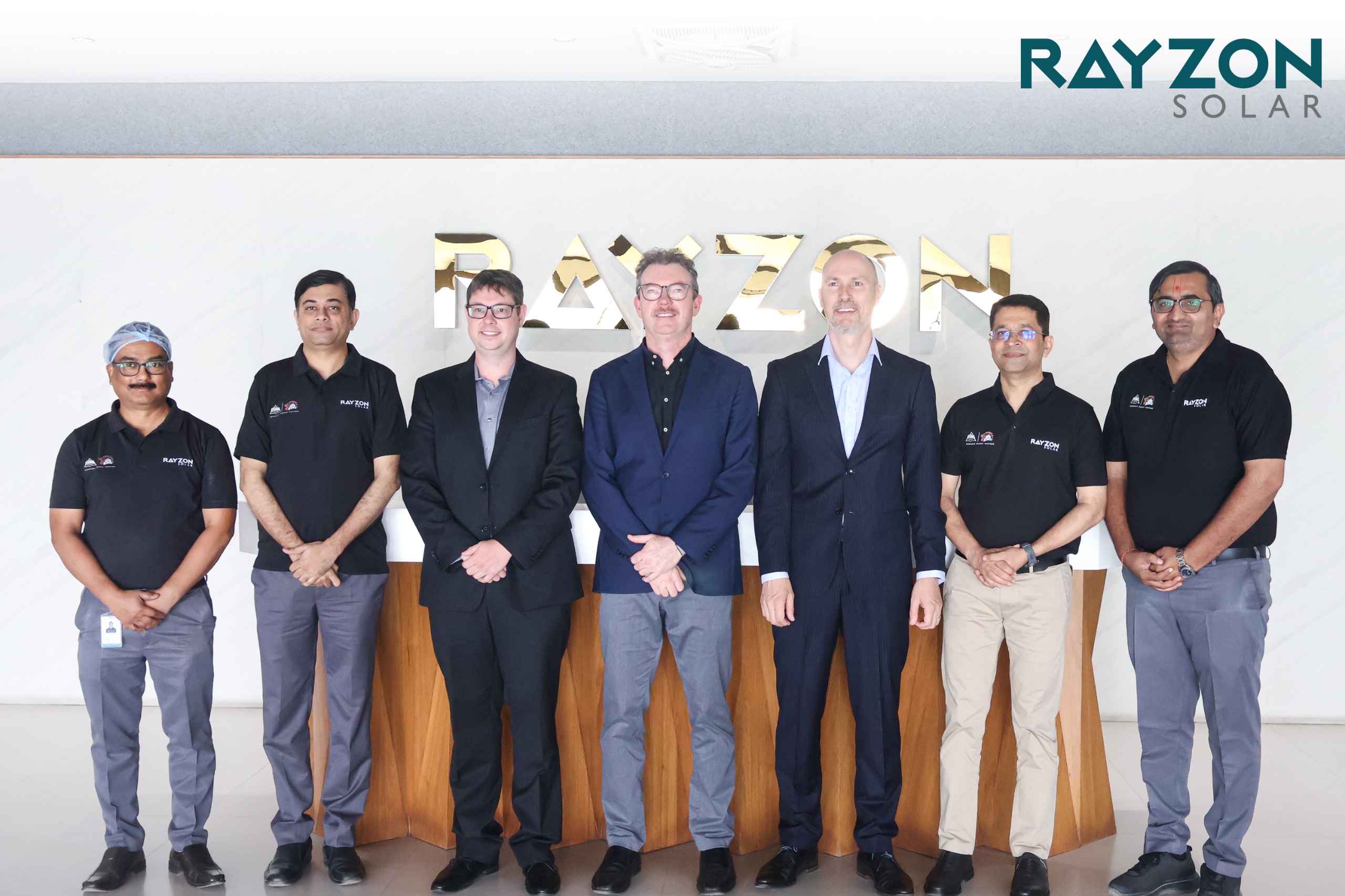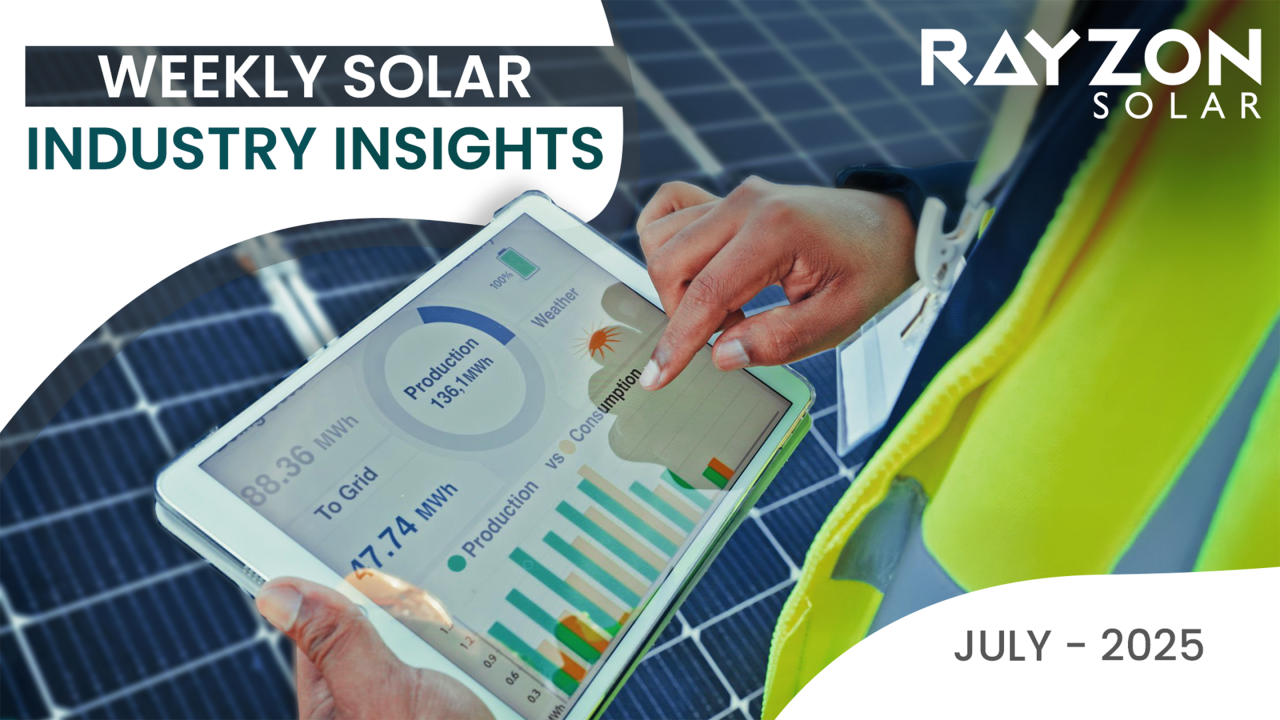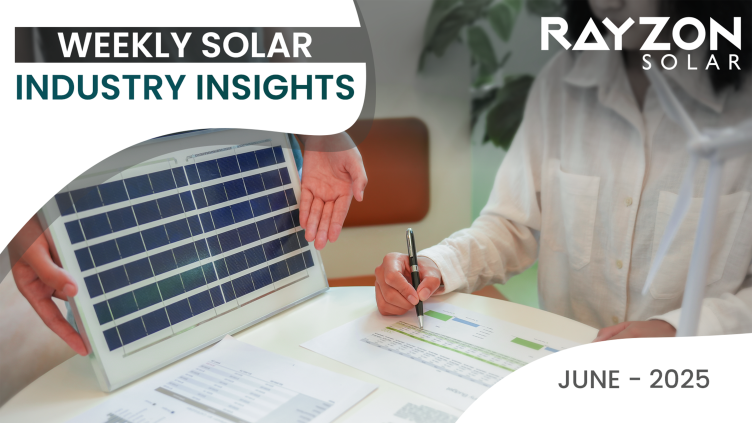
Weekly Solar Industry Insights: February 3rd – February 9th, 2025
U.S. Solar Module Manufacturing Surpasses 50 GW
The U.S. solar module manufacturing industry has grown rapidly, becoming the world's third-largest producer. Driven by the Inflation Reduction Act, Bipartisan Infrastructure Law, and CHIPS Act, over 70 new solar and storage plants have been built, with 47 more underway, totaling $36 billion in investments and creating 44,000 jobs. Solar module capacity now exceeds 50 GW, with substantial growth in solar cells, wafers, ingots, and trackers. This expansion reduces import reliance and meets domestic demand, with companies like Qcells and First Solar playing key roles.
U.S. Raises Solar Polysilicon, Wafer, and Cell Tariffs from China to 60%
As of February 4, 2025, solar polysilicon, wafers, and cells imported from China are subject to 60% tariffs under Section 301, following a 10% tariff increase from the Trump administration. This move comes after the Biden administration doubled tariffs on solar goods from China in 2024, raising rates on polysilicon and solar cells to 50%. While these tariffs aim to bolster U.S. solar manufacturing, challenges remain as China holds an 89% share of the global solar-grade polysilicon market. Additionally, the recent freezing of federal disbursements for climate and energy spending has paused several major U.S. factory projects.
China Polysilicon Price Rebound Nearing Limit Amid Trade Uncertainty
Global polysilicon prices remain stable at $20.360/kg, with limited growth due to trade uncertainties. A 10% U.S. tariff on Chinese exports may boost demand for non-Chinese polysilicon. Despite steady prices during the Lunar New Year, concerns arise over premature production ramp-ups. Chinese polysilicon exports outpaced imports in 2024, supported by traceability-compliant modules entering the U.S., this trend may continue with growing wafer production in India, Indonesia, and the Middle East.
India Reaches 100 GW of Installed Solar Power Capacity
India has achieved a milestone with 100.33 GW of installed solar power capacity, positioning the country as a leader in renewable energy. This accomplishment reflects a staggering 3,450% growth since 2014 when capacity was just 2.82 GW. India is rapidly advancing toward its target of 500 GW of non-fossil fuel-based energy by 2030, with an additional 84.10 GW under implementation and 47.49 GW under tendering. In 2024, a record 24.5 GW of solar capacity was added, driven by initiatives like the PM Surya Ghar: Muft Bijli Yojana, transforming rooftop solar adoption. India’s solar manufacturing capacity has also grown exponentially, rising from 2 GW in 2014 to 60 GW in 2024, with the potential to reach 100 GW by 2030.
Global Solar Module Prices Mixed Amid Varying Demand Outlook
Global solar module prices showed mixed trends due to regional demand differences. In China, TOPCon module prices held steady at $0.085/W despite upstream cost pressures. Europe saw a 2% price drop, with Eastern Europe ramping up production due to flexible regulations. In the U.S., TOPCon utility-scale modules rose 0.35% to $0.285/W, with slight declines expected through 2026. The future of U.S. solar incentives remains uncertain under Trump, though key tax credits remain intact for now.
Information Source: PV Magazine




